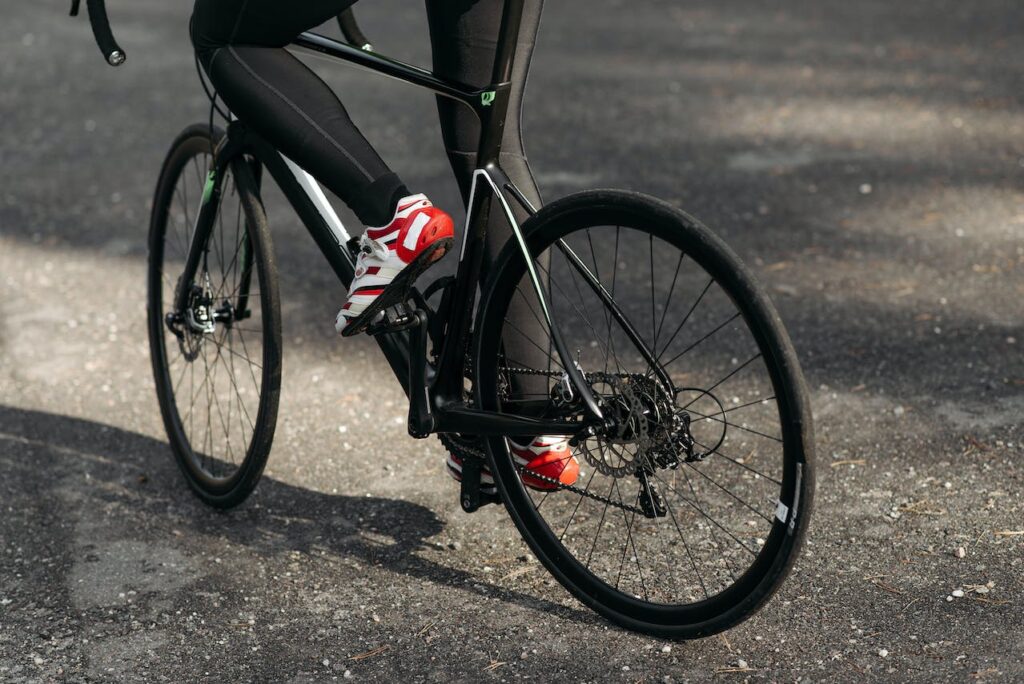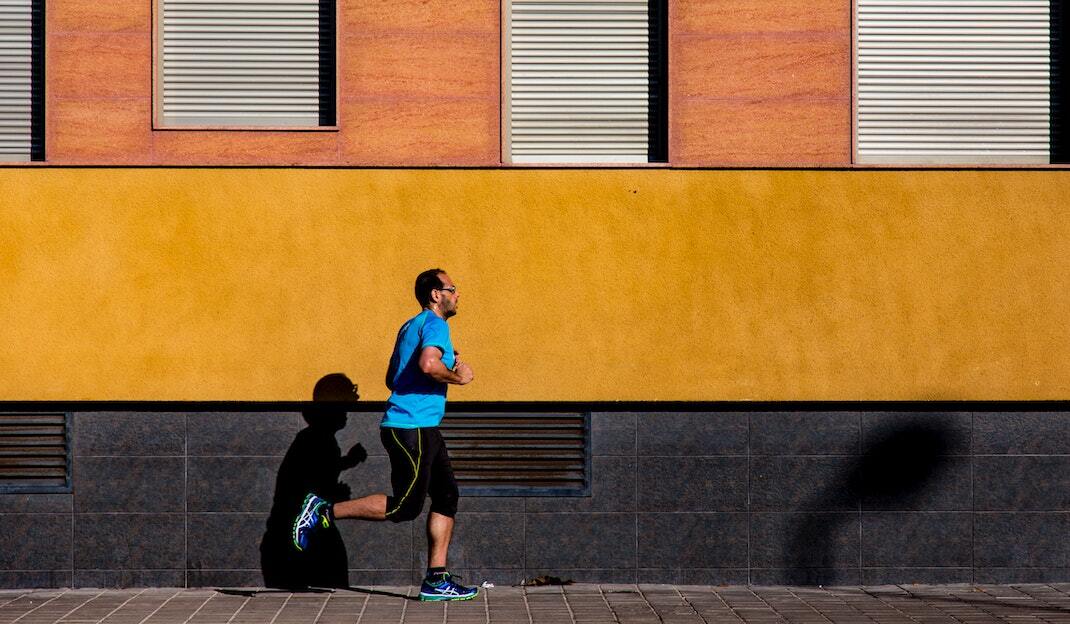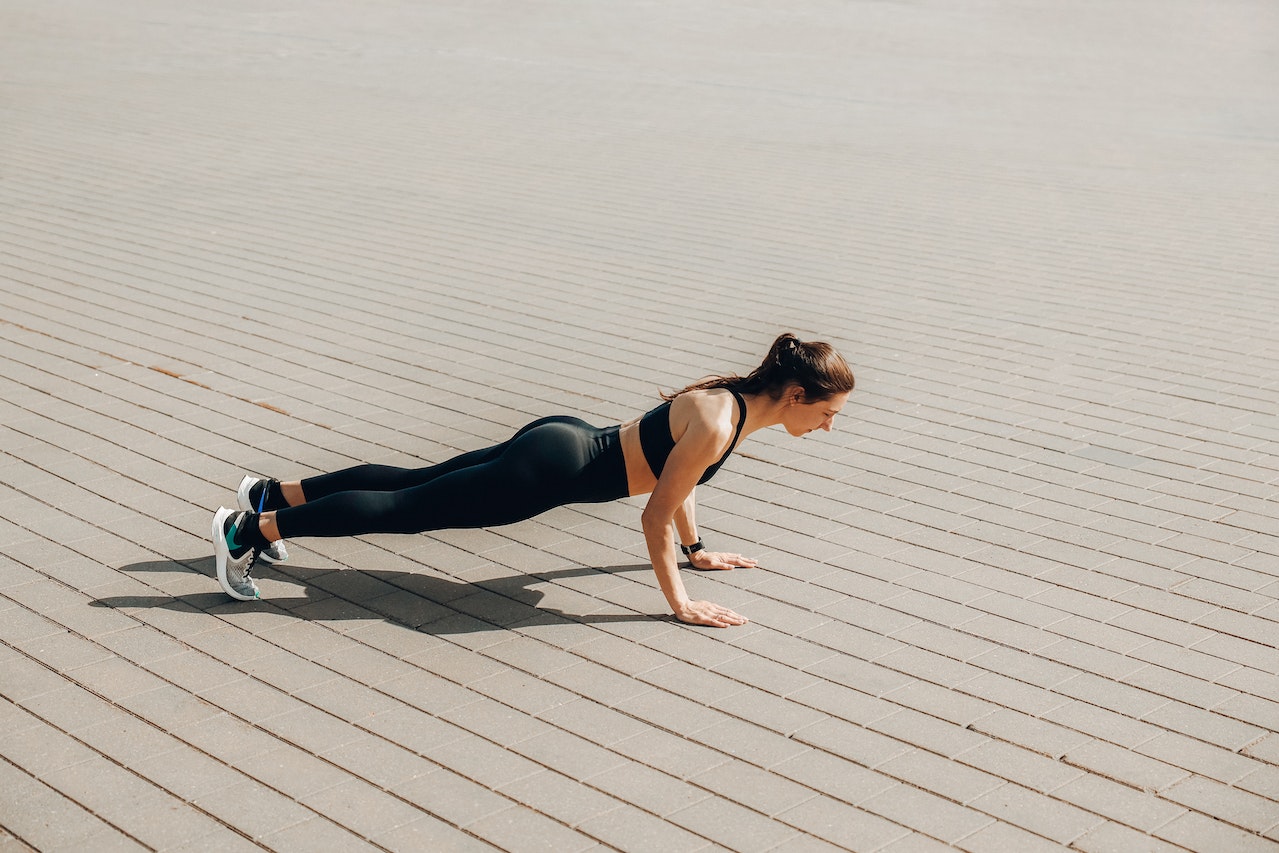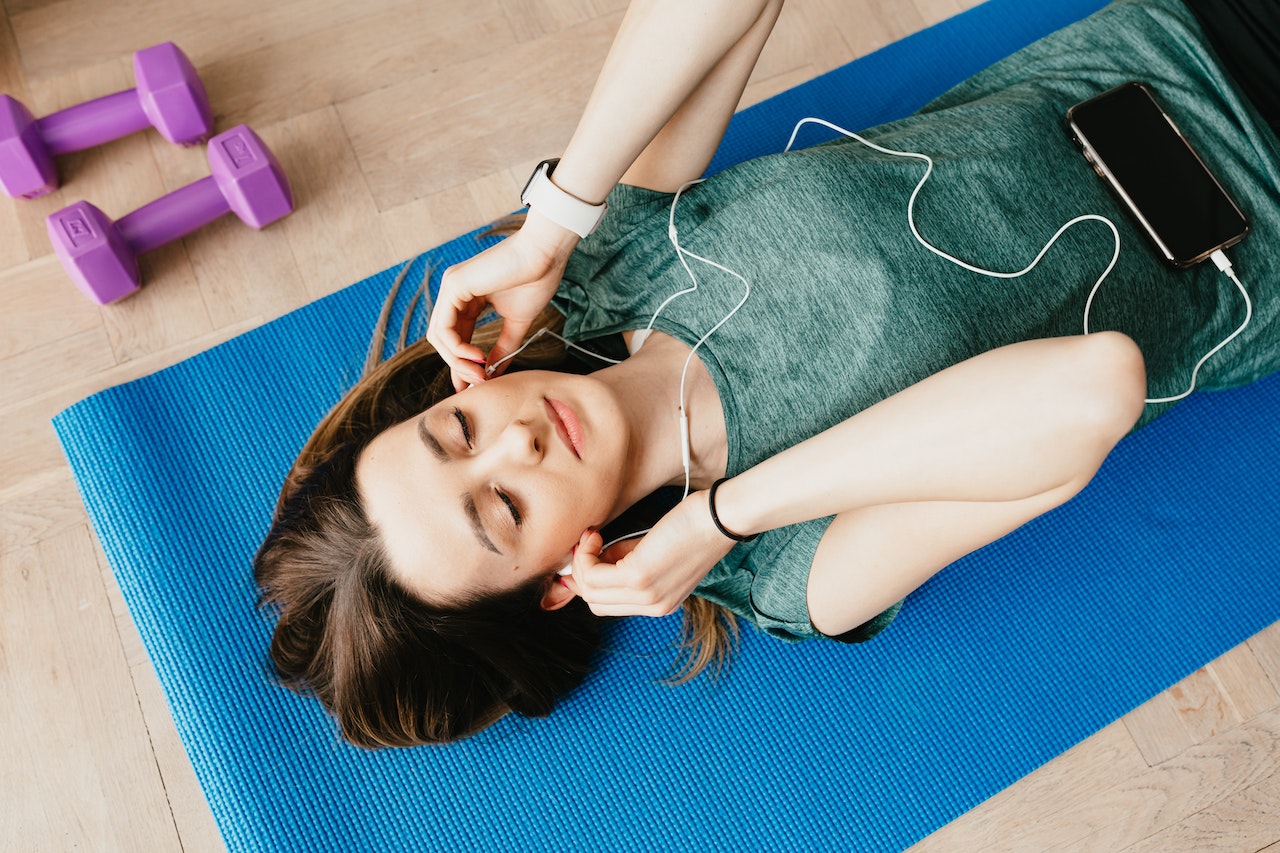Amid the buzz of modern workout trends, the unassuming bicycle beckons us to explore an age-old question: Does riding a bike work your core muscles? In this article, we dive into the world of pedal power. Join us on a journey where the simplicity of a bike ride intertwines with the complexity of core engagement, promising insights that may reshape your approach to fitness.
Does riding a bike work your core muscles? Discover the impact of pedal power on your core and redefine your fitness routine with transformative insights!
In this article:
- Unlocking Health Benefits: Does Riding a Bike Work Your Core?
- Core Engagement: Does Riding a Bike Work Your Core Muscles?
- Debunking Myths: Does Riding a Bike Work Your Core Muscles?
- Tips for Optimizing Core Engagement While Cycling
- Complementary Exercises for a Strong Core
UNLOCKING HEALTH BENEFITS: DOES RIDING A BIKE WORK YOUR CORE?
Cycling is a holistic exercise that impacts the mind, spirit, and physical well-being. One of its primary merits lies in cardiovascular health. The rhythmic, sustained motion of pedaling stimulates the heart, enhancing blood circulation and promoting a robust cardiovascular system.
As the wheels turn, so do the gears of metabolism, making cycling beneficial for cardiovascular health and a potent calorie-burning activity, aiding weight management and promoting overall fitness. Whether commuting to work or pedaling through a virtual scenic route on your stationary bike, the calories burned during a cycling session contribute to maintaining a healthy body weight and minimizing the risk of lifestyle-related diseases.
Moreover, cycling is a joint-friendly exercise that fosters strength in the lower body. The constant, controlled movement of the legs engages various muscle groups in the lower body, including quadriceps, hamstrings, and calves, improving muscular endurance and tone. The low-impact nature of cycling also makes it a fantastic exercise for individuals with joint sensitivities, allowing people of diverse fitness levels to partake in its numerous benefits.
Beyond the physical, cycling is a powerful stress-buster. The rhythmic nature of pedaling, combined with the enjoyment of the outdoors, has a therapeutic effect on the mind. It reduces stress hormones, elevates mood, and provides a mental escape, contributing to overall mental well-being.
So, when you ask, “Does riding a bike work your core?”—the answer unfolds in a tapestry of comprehensive health benefits that touch every aspect of your well-being. The holistic benefits of cycling extend from strengthening the cardiovascular system to promoting weight management and fostering mental resilience. Each pedal stroke propels you toward a healthier, more vibrant life.
CORE ENGAGEMENT: DOES RIDING A BIKE WORK YOUR CORE MUSCLES?

The rhythmic motion of pedaling involves a sophisticated interplay of muscles, making riding a bike a remarkably effective exercise for the core. The core muscles, like the abdominals, obliques, and lower back, play a crucial role in stabilizing the body during cycling.
As you push the pedals, especially during climbs or when navigating uneven terrains, your core muscles act to maintain balance and stability. These muscles’ controlled and deliberate contraction is essential for keeping the torso upright and preventing excessive swaying. It benefits immediate stability and contributes to core strength development over time.
The different phases of the pedal stroke further intensify core activation. When you pull the pedal towards you, the upward phase engages the hip flexors and lower abdominals. In contrast, the downward phase activates the lower back and glutes. This engagement actively involves the entire core throughout the cycling motion.
The benefits extend beyond stability and functionality. A strong core is integral to daily activities, from lifting objects to maintaining good posture. Consequently, regular cycling contributes to a sculpted midsection and enhances the core’s functional strength, promoting overall physical well-being.
So, the next time you embark on a cycling journey, know that with each pedal stroke, you’re not just moving forward but also nurturing a robust and resilient core.
DEBUNKING MYTS: DOES RIDING A BIKE WORK YOUR CORE MUSCLES?

Contrary to some misconceptions, bike riding is far from solely a lower-body exercise; it actively engages the core muscles dynamically and effectively.
One common myth suggests that cycling primarily targets the legs, neglecting the core. However, the rhythmic motion of pedaling necessitates a complex interplay of muscles, especially those in the core region.
Another prevalent misconception implies that cycling lacks the resistance needed for effective core workouts. In reality, the resistance generated against the pedals during each stroke, mainly when cycling uphill or navigating challenging terrains, demands substantial core engagement. The core muscles work tirelessly to maintain balance and control.
It’s also a misconception that cycling only targets superficial core muscles, leaving deeper muscles untouched. In truth, the controlled and deliberate contraction of the core muscles during cycling involves shallow and deep muscles, promoting overall core strength and endurance.
By dispelling these myths, it becomes evident that riding a bike is a holistic exercise that significantly contributes to core strength. The interconnectedness of the various muscle groups during cycling fosters stability and cultivates a strong and resilient core. So, the next time someone wonders: “Does riding a bike work your core muscles?” the resounding answer is a big yes.
TIPS FOR OPTIMIZING CORE ENGAGEMENT WHILE CYCLING
Here are some tips to ensure an effective and targeted workout for your core muscles during cycling sessions:
- Maintain Proper Posture: Keep a neutral spine and a steady posture throughout your ride. Avoid excessive leaning, as maintaining an upright position ensures consistent engagement of the core muscles.
- Activate Your Core Intentionally: Consciously engage core muscles by pulling a belly button towards your spine. This intentional activation ensures the deep core muscles stabilize your torso during cycling.
- Vary Your Terrain: Explore different terrains, hills, and uneven surfaces. Riding uphill or navigating challenging landscapes increases the demand on your core as it works to stabilize your body against varying resistance.
- Incorporate Interval Training: Increase the intensity during your ride with activities such as sprinting or pedaling at a higher resistance. It is particularly imperative when cycling on a stationary bike.
- Focus on Full Pedal Strokes: Emphasize your pedal strokes’ upward and downward phases. Pulling the pedal up engages the hip flexors and lower abdominals, while pushing it down activates the lower back and glutes, ensuring a comprehensive workout for the entire core.
- Practice Mindful Breathing: Coordinate your breathing with your pedal strokes. Deep, rhythmic breathing enhances cycling performance and encourages active diaphragm and core muscle engagement.
By incorporating these tips into your cycling routine, you can maximize the effectiveness of your core workout, fostering stability, strength, and endurance. Remember, a solid and engaged core enhances your cycling experience and contributes to overall physical well-being.
COMPLEMENTARY EXERCISES FOR A STRONG CORE
In addition to cycling, try some core-strengthening workouts to add variety to your fitness routine.
The Plank Exercise, a fundamental cornerstone, orchestrates a symphony of muscle engagement throughout the core. Beyond its foundational role in abdominal fortification, the plank cultivates endurance, establishing a robust base for overall core strength.
Leg Raises, as a controlled movement, enhance the strength of the lower abdominals and introduce a dimension of flexibility to the hip flexors. This exercise seamlessly complements the rhythmic cycling motion, contributing flexibility to the foundation of core strength.
The Bicycle Crunch, a dynamic merger of upper and lower abdominal engagement, mirrors the fluidity of the cycling motion. This intentional movement transforms the core into a powerhouse of strength and coordination, offering an effective exercise for overall core development.
The Superman Exercise deliberately targets the glutes, lower and upper back. This exercise contributes to a balanced development of the back muscles, fortifying the core with resilience and depth.
The Mountain Climbers, a dynamic workout that elevates the heart rate while engaging the core, targets the upper and lower abdominals, contributing to a comprehensive and formalized core workout.
_____
Now armed with the answer to “Does riding a bike work your core muscles?” and equipped with insights into complementary workouts, it’s time to elevate your fitness routine. Hop on your bike and let your core reap the benefits of this hidden workout on two wheels!






